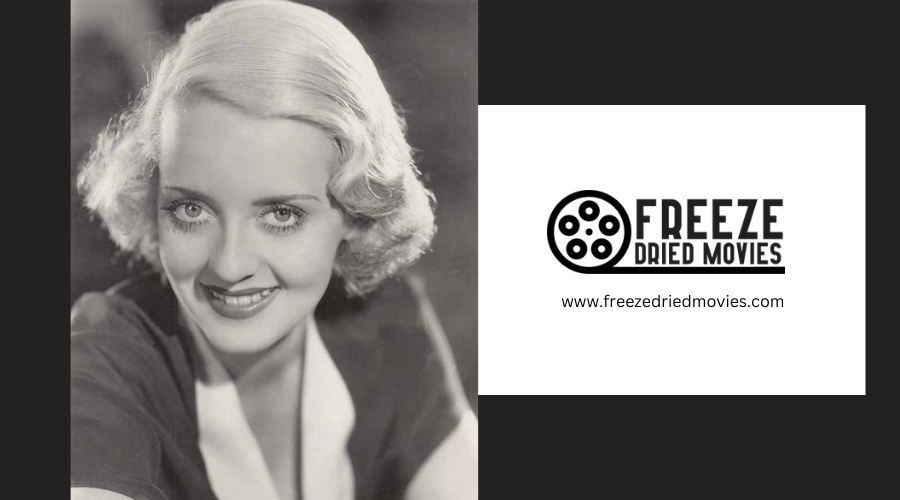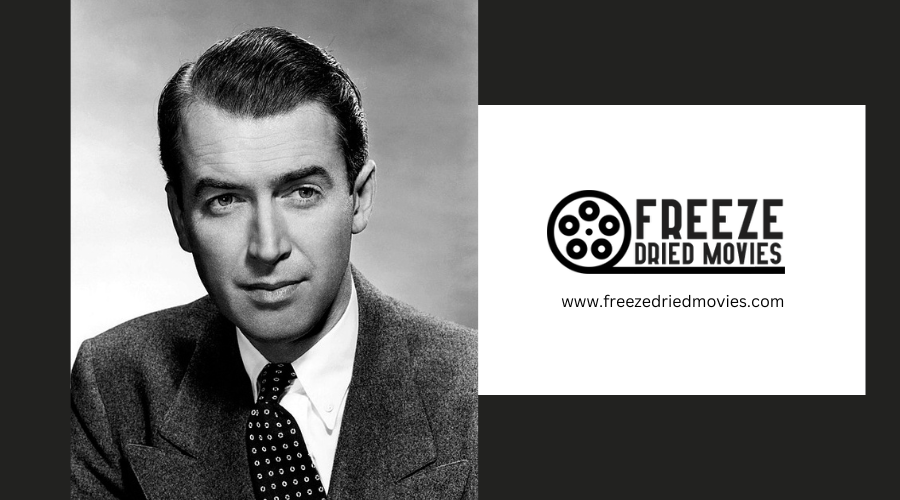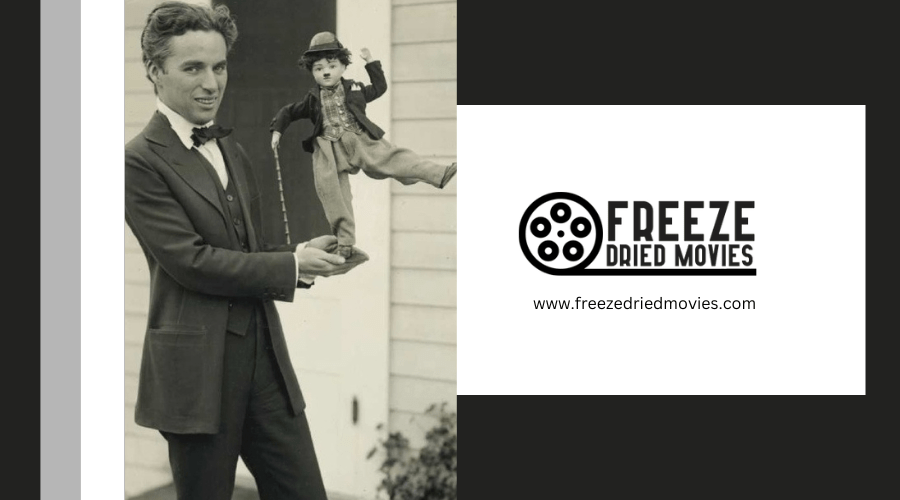How Did Universal's Monsters Evolve During the 1940s?
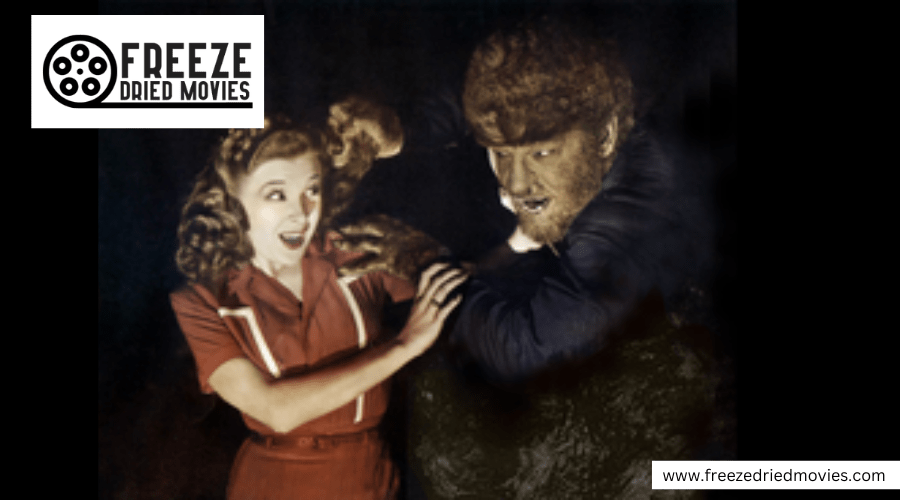
In the 1940s, Universal's monster films underwent significant evolution. The decade began with the introduction of 'The Wolf Man' in 1941, which revitalized the werewolf genre and mirrored contemporary societal anxieties. This period saw an expansion in character development and narrative complexity, exemplified by films like 'Son of Dracula' and 'House of Frankenstein.' These movies not only enriched the existing lore but also blurred the traditional boundaries between heroes and villains, adding depth to the characters.
The crossover film 'Frankenstein Meets the Wolf Man' in 1943 initiated a new trend, combining multiple monster narratives into a single film, thereby laying the groundwork for future ensemble monster films. This approach not only heightened the spectacle but also significantly influenced the direction of horror cinema by promoting interconnected storylines.
Overall, the 1940s marked a transformative era for Universal's monsters, characterized by enhanced storytelling, character complexity, and the beginnings of a shared cinematic universe. This evolution set new standards for the horror genre and had a lasting impact on how monster stories were told in cinema.
Rise of the Crossover Era
The crossover era at Universal was inaugurated in 1943 with the film 'Frankenstein Meets the Wolf Man,' marking cinema's first monster battle. This film was crucial in the evolution of Universal Monsters, as it was the first to feature such iconic creatures in conflict, merging horror with spectacle in a novel way for 1940s cinema.
This approach not only entertained audiences but also revolutionized narrative storytelling by demonstrating the appeal of interconnected stories and unconventional character pairings. The success of 'Frankenstein Meets the Wolf Man' indicated a strong audience interest in more intricate and interconnected narratives, prompting further innovations within the monster genre. The film's legacy is significant, providing a blueprint for numerous future crossovers and influencing the trajectory of horror cinema.
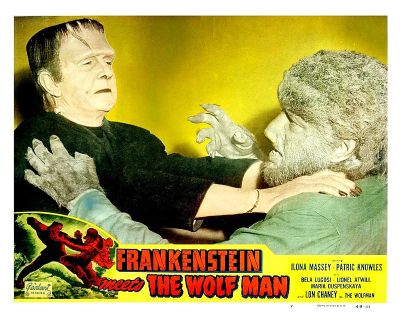
Reflecting on this era highlights how the integration of creative storytelling and monster mythology became fundamental to Universal, reshaping the horror film genre and establishing a model that influences cinema to this day.
Introduction of the Wolf Man
In 1941, Universal Studios released 'The Wolf Man,' a film that became a seminal work in werewolf cinema. Directed by George Waggner and featuring Lon Chaney Jr. in a compelling role, the movie enriched Universal's monster universe and set new standards for the portrayal of werewolves. Chaney Jr.'s depiction of the werewolf was both haunting and empathetic, resonating deeply with audiences amidst the uncertainties of the early 1940s.
The screenplay, written by Curt Siodmak, established many elements now fundamental to werewolf mythology. It skillfully blended the terror of transformation with rich mythological elements, presenting not just a monster but a tragic figure ensnared by fate. The narrative introduces the poignant curse of the werewolf, where a bite from the creature dooms the victim to a similar fate, adding depth to the protagonist's struggle.
Released as the U.S. was entering World War II, 'The Wolf Man' reflected the era's societal anxieties and became a symbol of internal conflict and transformation. This film solidified the Wolf Man's legacy as a cornerstone of horror cinema and a timeless representation of the human condition.
Evolution of Dracula's Story
In the 1940s, 'Son of Dracula' featured Lon Chaney Jr. as a new iteration of the vampire, distinct from earlier portrayals, bringing a brooding menace to the role. This era marked a shift in Universal Monsters' strategy, focusing on interconnected stories among their iconic creatures, including the Wolf Man and Frankenstein's Monster. The films 'House of Frankenstein' and 'House of Dracula' further developed Dracula's role, integrating him into a larger narrative that included themes of resurrection and revenge, thus enriching the traditional vampire lore.
These developments transformed Dracula from a standalone horror figure into a central character within Universal's ensemble of monsters, illustrating the studio's innovative approach to expanding its horror and monster mythology during the 1940s. This period not only diversified Dracula's character but also cemented his status as a key icon in cinematic horror, reflective of Universal's pioneering contributions to the genre.
Expanding Frankenstein's Narrative
In the 1940s, Universal Studios expanded the Frankenstein narrative by introducing new characters and intricate plots that deepened the story's exploration of morality and the consequences of unrestrained scientific ambition. The addition of Ygor, portrayed by Bela Lugosi, brought a new dimension to the tale, infusing it with intrigue and manipulation that significantly influenced the monster's development.
Throughout the decade, Frankenstein's Monster encountered various adversaries, enriching his interactions within the Universal Monsters universe and transitioning his image from a mere horror figure to a more relatable and tragic character.
| Year | Key Event | Emotional Impact |
|---|---|---|
| 1942 | Introduction of Ygor | Introduces complexity and tension |
| 1942 | 'The Ghost of Frankenstein' | Deepens exploration of identity |
| 1940s | Encounters with other monsters | Expands narrative and character depth |
These films invite audiences into a complex world where the lines between heroes and villains are blurred, challenging perceptions of what constitutes a true monster.
This progression not only enriched the narrative but also ensured that the films remained relevant and engaging, preserving the integrity and continuity of the original Frankenstein story.
Creation of the Monster Ensemble
In the 1940s, Universal Studios expanded the Frankenstein narrative and pioneered the horror ensemble genre with films like 'House of Frankenstein' and 'House of Dracula'. These films brought together iconic monsters such as Dracula, Frankenstein's monster, and the Wolf Man, setting the stage for the modern concept of cinematic shared universes.
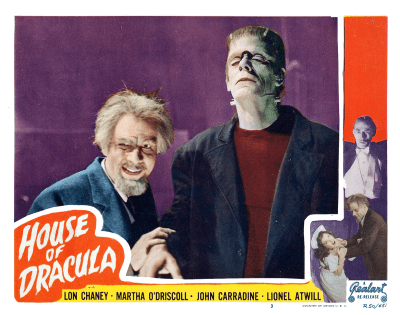
These movies were more than mere character assemblies; they intricately wove the individual stories of these monsters into a cohesive narrative framework, enhancing their mythos and deepening the viewer's engagement with the plot. This integration of characters allowed for complex interactions, showcasing alliances and conflicts that enriched the overarching story.
Furthermore, Universal Studios demonstrated the adaptability and lasting appeal of these monsters by incorporating elements of drama and science fiction into their horror films. This innovative approach during the 1940s not only diversified the genre but also solidified the standing of these characters as enduring icons in cinema, captivating audiences across multiple generations.
Impact of World War II
World War II profoundly influenced society, an impact vividly reflected in Universal's monster movies, which captured the era's anxieties and fears. In particular, The Wolf Man exemplifies this, with the protagonist's transformation symbolizing not only a physical change into a creature but also the internal conflicts and potential for monstrosity that individuals faced during such tumultuous times. This portrayal resonated with audiences, as it mirrored their own fears and the moral challenges brought about by the war.
During the 1940s, Universal's films extended beyond mere horror; they served as a form of escapism from the stark realities of World War II. By delving into genres blending horror, fantasy, and adventure, these movies provided audiences with a temporary respite from global strife. The use of interconnected storylines and characters in these films also reflected a collective yearning for unity, mirroring the societal need to come together in the face of widespread conflict.
The table below illustrates how these elements were intertwined in Universal's films:
| Theme | Representation in Films | Audience Impact |
|---|---|---|
| Inner Struggles | Transformation in The Wolf Man | Reflected personal fears |
| Escapism | Diverse genre blend | Offered a distraction |
| Unity | Interconnected storylines | Reinforced societal unity |
Through these narratives, Universal's monster movies encapsulated wartime anxieties while offering an essential escape into the fantastical, demonstrating how popular culture can both reflect and influence societal attitudes during times of crisis.
Technological Advances in Effects
In the 1940s, Universal Studios significantly advanced the special effects in their monster movies, enhancing the portrayal of iconic creatures such as Frankenstein's monster and the Wolf Man. Jack Pierce, a pioneering makeup artist, employed foam rubber and latex prosthetics to craft more detailed and realistic features on the actors, making the creatures not only more terrifying but also more convincing.
The atmospheric effect in these films was also crucial. Advanced lighting techniques and camera angles were used to heighten the sense of horror, turning simple scenes into tense, frightening moments. Additionally, the use of visual effects such as matte paintings and miniatures effectively created a more immersive and believable haunted environment.
Sound design was another critical element. The sound effects and musical scores were carefully designed to augment the suspense and horror. Every howl and growl, along with the eerie musical themes, were strategically placed to enhance the narrative and maintain the audience's engagement.
These technical enhancements in makeup, visual effects, and sound significantly contributed to the storytelling, making Universal's monster films a seminal moment in the history of cinema special effects.
Influence of Horror on Culture
Universal Studios' 1940s monster films significantly shaped horror culture, introducing iconic characters like The Mummy, The Invisible Man, and The Wolf Man. These characters have permeated various cultural forms, from Halloween costumes to contemporary horror films. During this era, Universal not only produced films but also created a lasting cultural impact by embedding these monsters in the fabric of pop culture.
The interconnected storytelling of the 1940s was pioneering, setting a foundation for the cinematic universes seen in today's major film franchises. This approach allowed characters from different monster movies to appear together, enhancing the narrative complexity and making the horror genre more immersive and engaging.
Furthermore, the cultural significance of these monsters in the 1940s was profound. They transcended mere entertainment to become symbols of the genre, reflecting the societal fears and anxieties of a world at war. Through skillful storytelling and character development, Universal Studios harnessed these fears, turning their monsters into enduring cultural icons. This period wasn't only about technological advancements or more frightening narratives but also about establishing a durable cultural legacy.
Character Development Deepens
In the 1940s, the Universal Monsters franchise, featuring iconic characters like Dracula, Frankenstein, and The Wolf Man, underwent a significant transformation. These characters were endowed with deeper, more complex personalities that resonated emotionally with audiences beyond mere fright. This era marked a pivotal shift in how these monsters were portrayed, emphasizing their psychological depth and interconnected narratives.
- Richer Backstories: Each monster was given a more detailed and emotionally rich backstory. For example, Frankenstein's monster was no longer just a horrifying creature; he was depicted with a poignant longing for acceptance and companionship, reflecting his deep-seated emotional conflicts.
- Complex Themes: The films incorporated themes of tragedy, redemption, and humanity, making the monsters' stories more compelling and emotionally engaging. This thematic complexity added a new layer of depth to the narratives.
- Psychological Exploration: The psychological dimensions of these characters were deliberately focused on, portraying them as formidable and empathetic. This approach allowed audiences to understand and sympathize with the monsters despite their fearsome appearances.
- Cohesive Universe: The development of a more interconnected universe among the Universal Monsters enhanced the overall coherence of their stories. This connectivity not only enriched individual character arcs but also contributed to a more robust collective narrative across the franchise.
These enhancements in character development during the 1940s not only sustained the Universal Monsters' relevance but also cemented their legacy in the horror genre, making them enduring figures in cinematic history.
Legacy for Future Generations
The legacy of the 1940s Universal Monsters has had a significant impact on modern horror cinema. These characters aren't just sources of fear; they're complex, tragic figures that elicit empathy and intrigue. This depth in character portrayal has established a new norm in horror, enabling filmmakers to delve into themes of humanity and morality within a frightening context.

Additionally, films like 'House of Frankenstein' were pioneers in creating shared cinematic universes, a concept that has influenced many of today's popular film franchises. This visionary approach by Universal's filmmakers set a foundation for interconnected story arcs that enhance viewer engagement and expand narrative possibilities.
Furthermore, the integration of humor with horror in these films has become a critical element in the genre's evolution. This combination helps to maintain suspense and provide relief without diminishing the overall tension, a technique that continues to be prevalent in current horror films.
Universal's monsters have an enduring influence, continually shaping and enhancing the horror genre for new audiences. This proves that the studio's legacy is not only historical but also dynamically relevant to contemporary cinema and future innovations in cinema.
Conclusion
During the 1940s, Universal Studios significantly evolved its monster franchise by introducing crossover films and new characters, such as the Wolf Man. These developments, coupled with enhanced narratives and improved special effects, greatly enriched the horror genre.
This era not only captivated audiences but also laid the groundwork for future developments in horror filmmaking. The evolution of these iconic characters during this period left a lasting impact, continuing to influence and entertain future generations.

